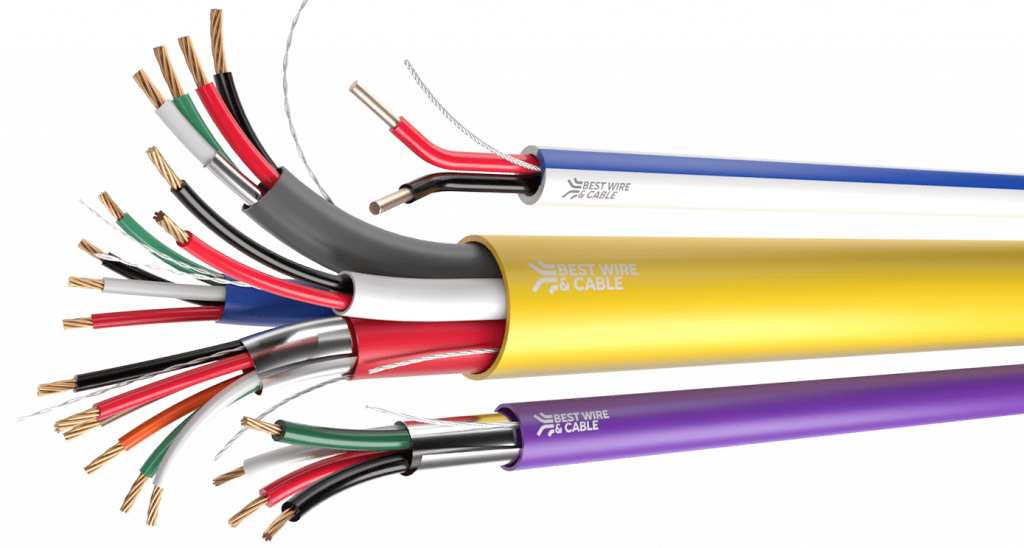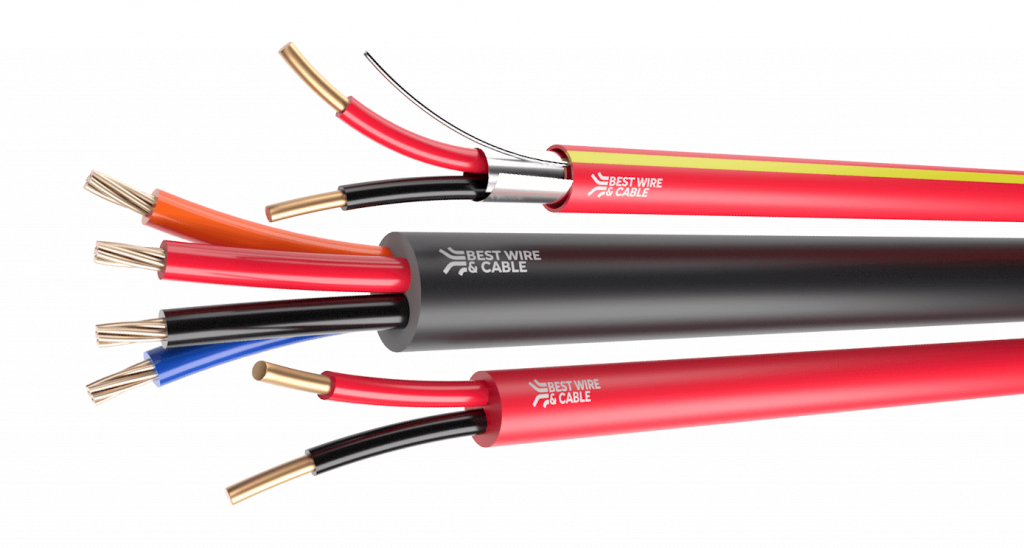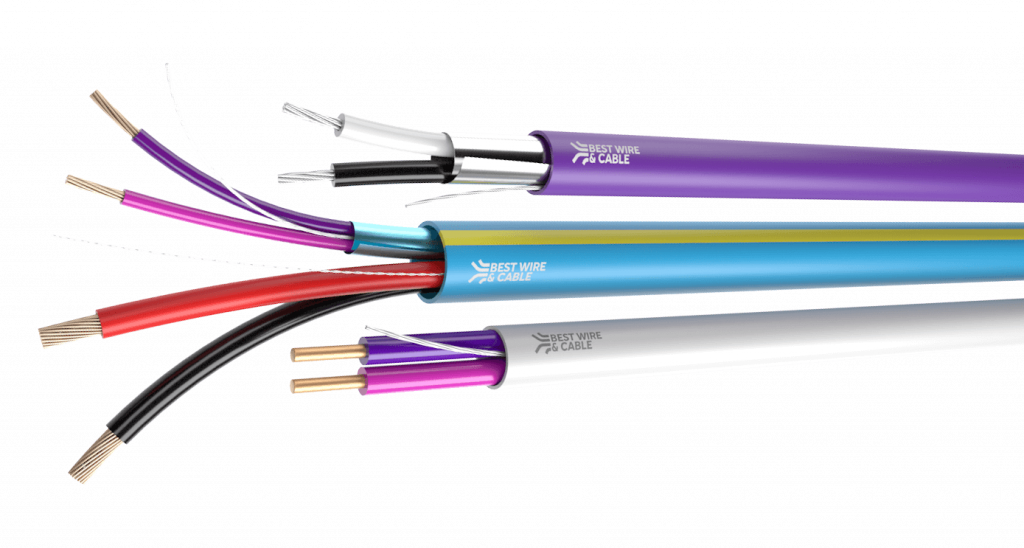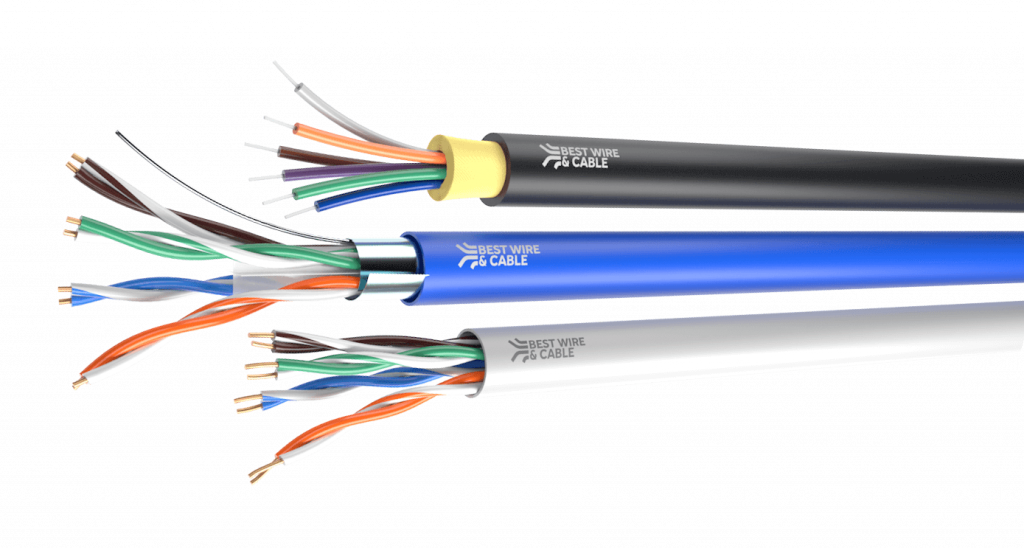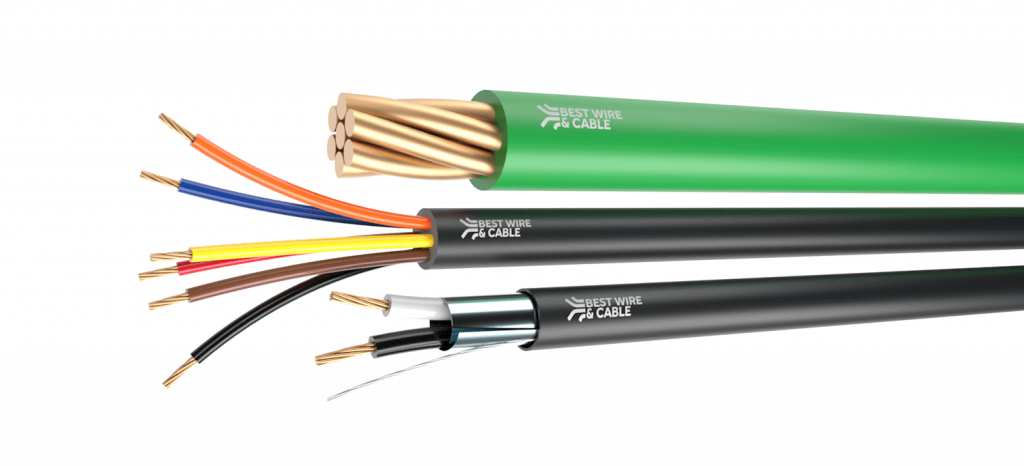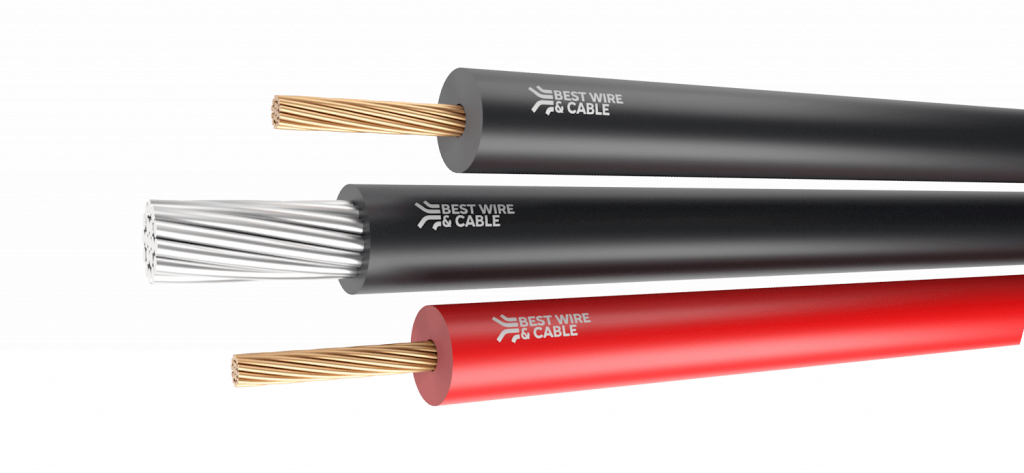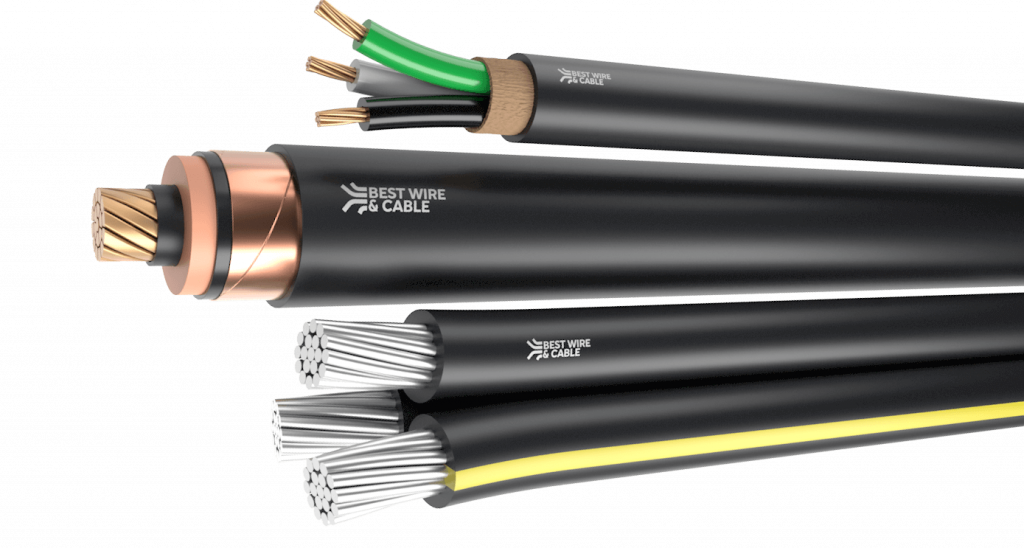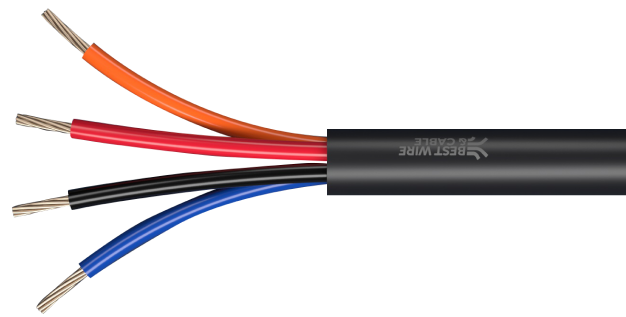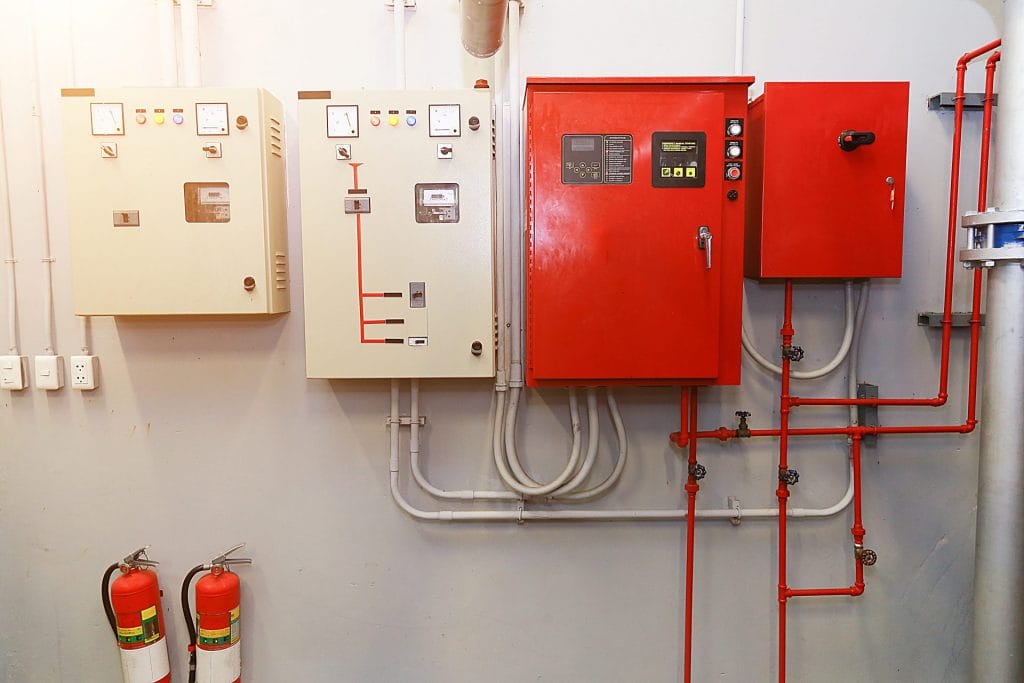Understanding the Differences between CAT 3, CAT 5e, CAT 6, CAT 6e, and CAT 6a Cables

When it comes to network cabling, there are various types of cables that are commonly used. Some of the most common types of Ethernet cables are CAT 3, CAT 5e, CAT 6, CAT 6e, and CAT 6a cables. Each of these cables has its own unique characteristics, advantages, and limitations. In this blog post, we will explore the differences between these cables and the regulations that govern their ratings.
CAT 6e Cables: CAT 6e cables are an enhanced version of CAT 6 cables and are capable of supporting up to 500 MHz bandwidth. They are designed to reduce crosstalk and interference, which can improve overall network performance. CAT 6e cables are not a recognized standard, and their use is not recommended for new installations.
CAT 6a Cables: CAT 6a cables are an improvement over CAT 6 cables and are capable of supporting up to 500 MHz bandwidth over longer distances. They are commonly used for data, voice, and video applications and are ideal for high-speed networks. CAT 6a cables are backward compatible with CAT 5 and CAT 5e cables.
UL Listings and Regulations: All Ethernet cables must meet certain standards and regulations to be considered safe and effective for use. Underwriters Laboratories (UL) is an independent organization that tests and certifies the safety and quality of various products, including network cables.
UL Listed cables have been tested and found to be safe for use in various applications.
In the case of Ethernet cables, the UL ratings are based on the cable’s ability to withstand fire and the amount of toxic smoke it emits. The UL rating for Ethernet cables is typically listed on the cable jacket and ranges from CM to CMR to CMP, with CMP being the most stringent rating.
In conclusion, when choosing Ethernet cables for your network installation, it is essential to understand the differences between CAT 3, CAT 5e, CAT 6, CAT 6e, and CAT 6a cables. Each cable has its own unique characteristics, advantages, and limitations, and the choice of cable will depend on the specific needs of your installation. Additionally, be sure to choose cables that are UL Listed and meet the necessary safety and quality regulations for your application.
View our Data Cable Options
